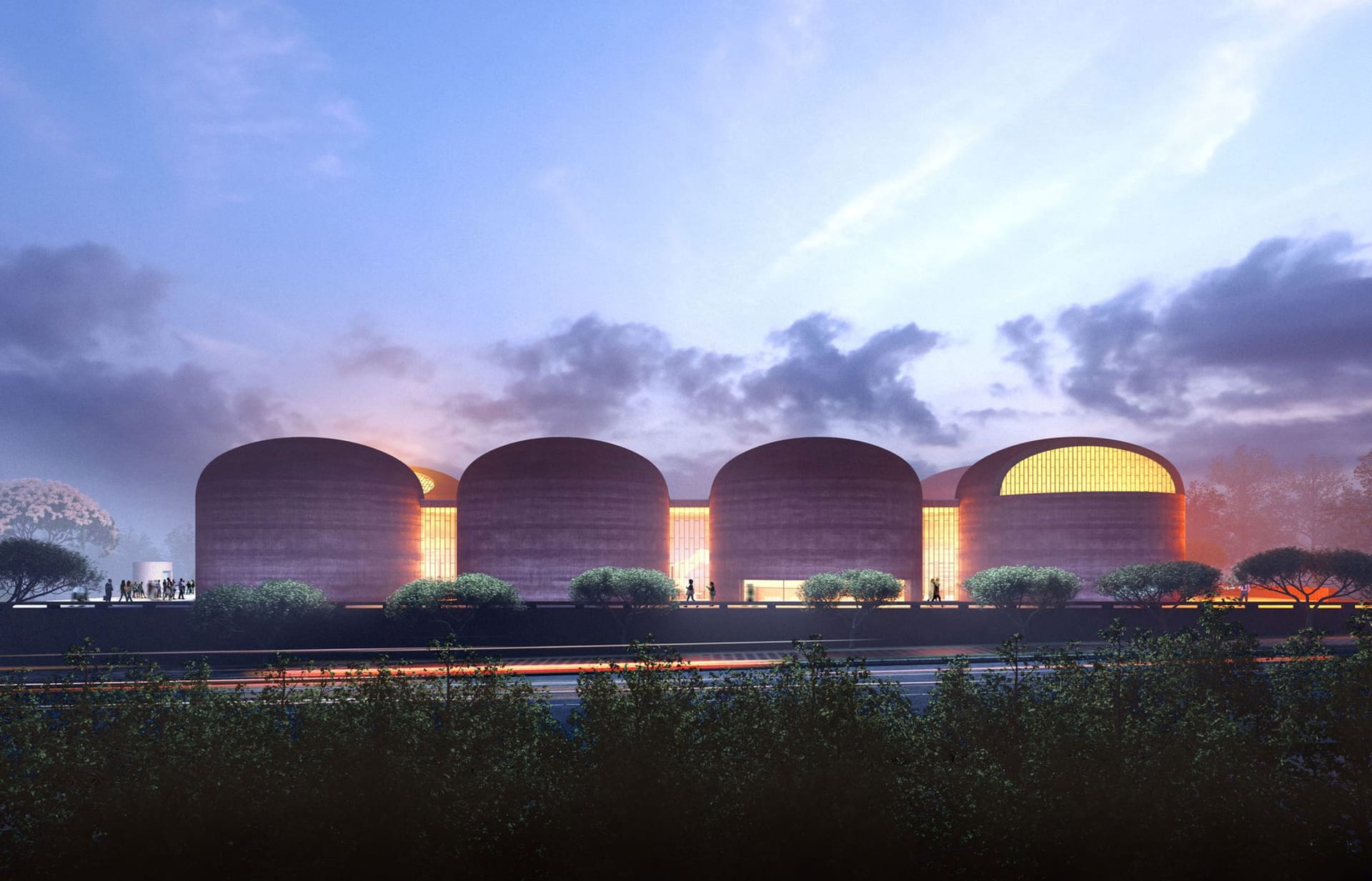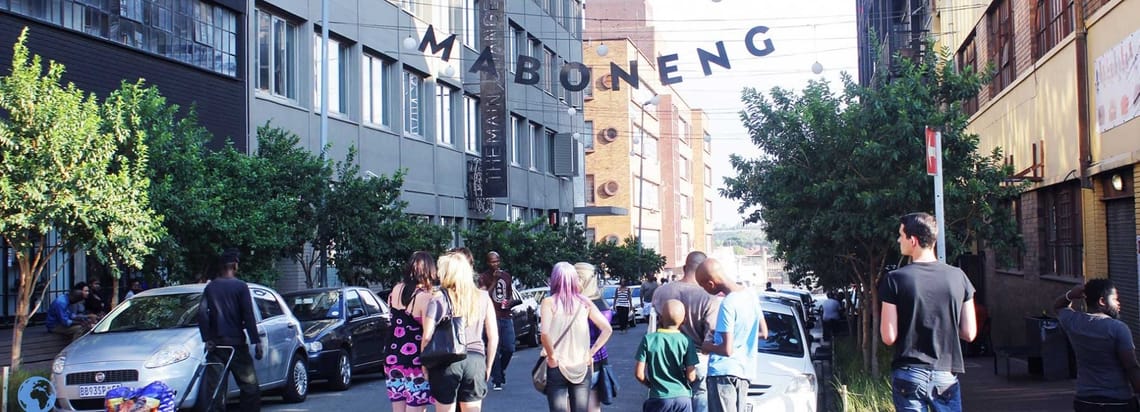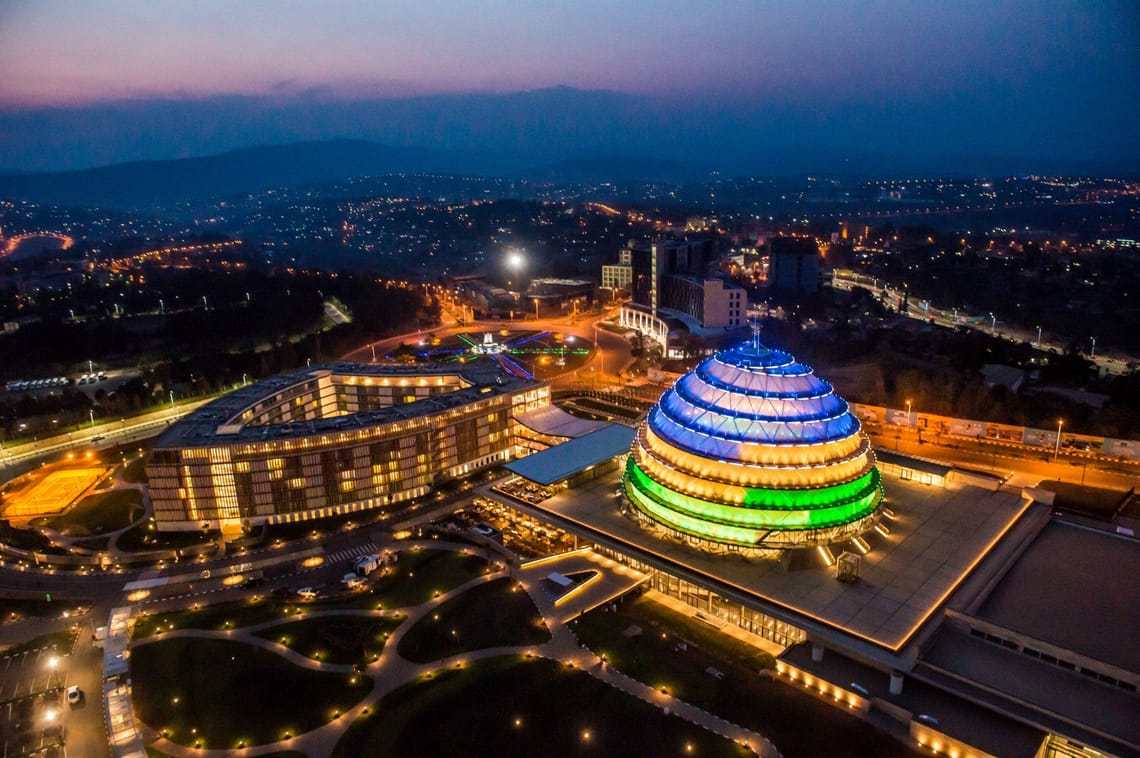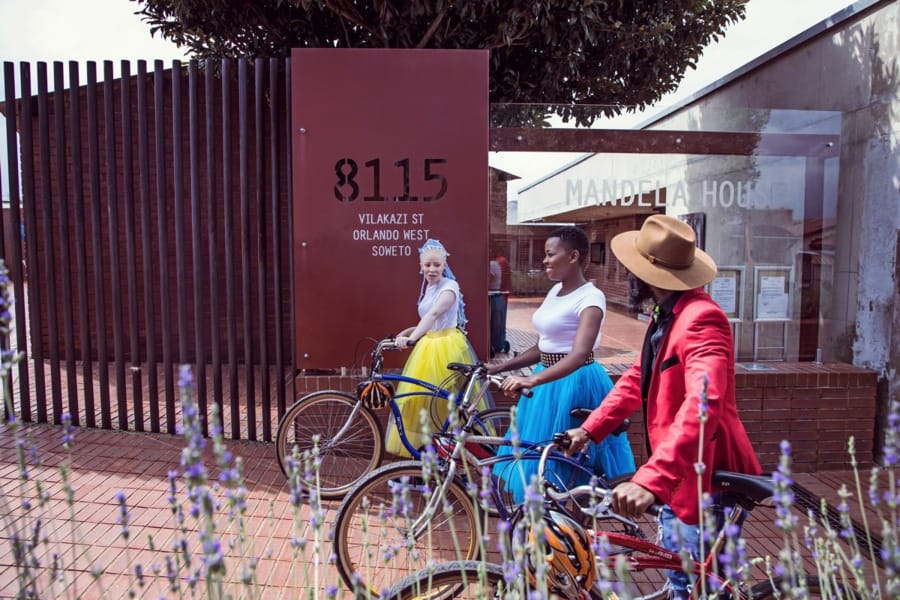The Thabo Mbeki Presidential Library, which is scheduled to be opened in 2025, is intended to be a living library and museum which will narrate the story of Africa’s development, liberation, and renewal through and beyond former President Mbeki and other historical & contemporary African leaders’ work and impact.
Conceptually, the new building makes visible the invisible knowledge of ancient and contemporary African history through both form and program. Sited in Riviera, Johannesburg, the Centre will harbour the knowledge of the land whilst acting as a space for connection in which the advancement of an African Renaissance becomes the premise of the structure. Represented in design as a metaphor for knowledge-based nourishment, the new building references the structures of granaries — which allow for the extension of grain production and the systematization of cycles of feeding, planting and harvesting.
Anchored in the past while challenging the status quo of the present to manifest a brighter future, the Thabo Mbeki Presidential Library will build community by celebrating the multifaceted identity, beauty and creativity of African peoples and cultures. This will be achieved through an articulation of Africa in the form of exhibitions, academic resources, and an archive of inspiring artifacts that speak to pivotal historic moments.
Sir David Frank Adjaye is founder and principal of Adjaye Associates. He is an architect who has designed many notable buildings around the world, including the National Museum of African American History and Culture in Washington, D.C.
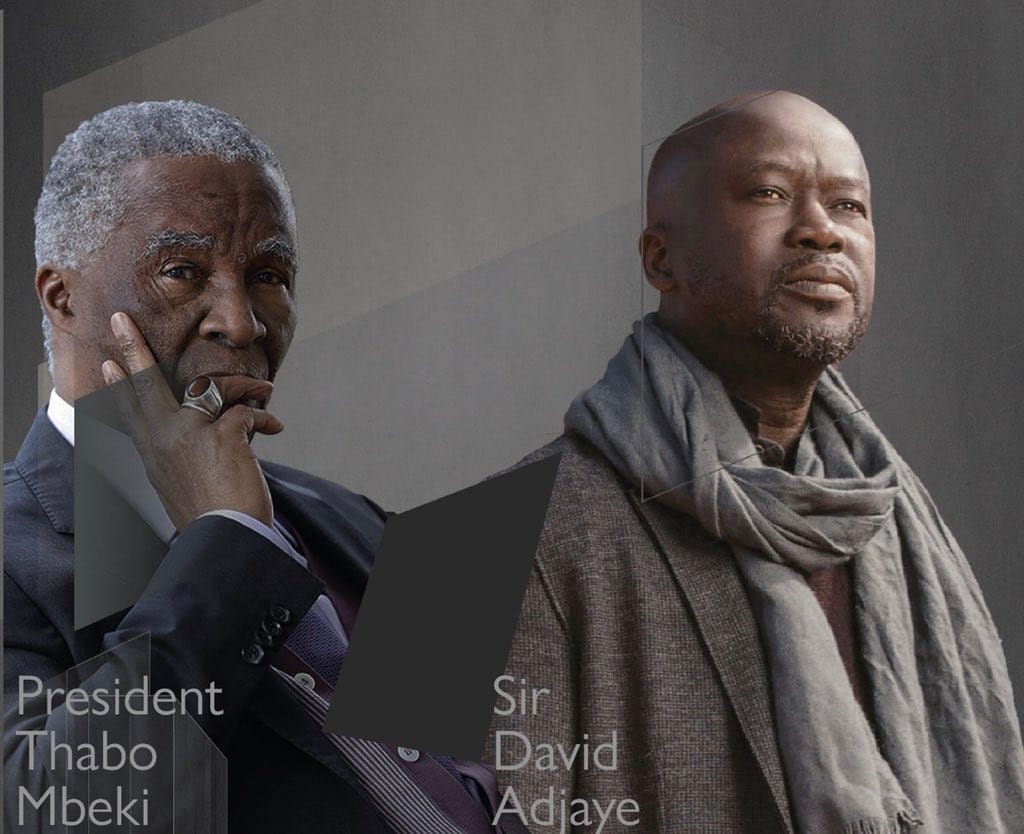
David Adjaye imagined and reveals Thabo Mbeki Presidential Library’s designed as a space of excellence, learning, research, discourse, and cultural exchange predicated on the African perspective, the library will also serve as a museum with temporary exhibition space and a research center. The complex will additionally include an auditorium, a women’s empowerment center, a reading room, a shop, a cafeteria, a digital experience space, seminar rooms, and offices. Finally, an archive center will act as a repository for the papers, artifacts, and key documents of President Mbeki — who served as the second President of South Africa from 1999 to 2008 — and other significant African historical figures.
The architecture of the library taps into the collective memory of the continent through the establishment of a new historical center for African consciousness in which knowledge, education, and sustenance are nurtured in the representation and intelligence of the continent.
The Thabo Mbeki centre presents an opportunity to realize the ambition of the dreams of President Thabo Mbeki to advance and empower an African Renaissance.
Ngũgĩ wa Thiong'o in his novel, Something Torn and New: An African Renaissance, said ...
The tendency in the current discussion of an African renaissance is to refer to it as a desirable ideal, an outcome that can be willed into being rather than a thing that has already happened or is happening now. To a certain extent this is true: A full-fledged renaissance has yet to flower. Nevertheless, the African renaissance has already started.
The importance of anchoring African development to African history and African culture as well as the necessity of mobilizing Africans on the continent and the diaspora to take charge of inventing their own futures.
African Renaissance is happening.

